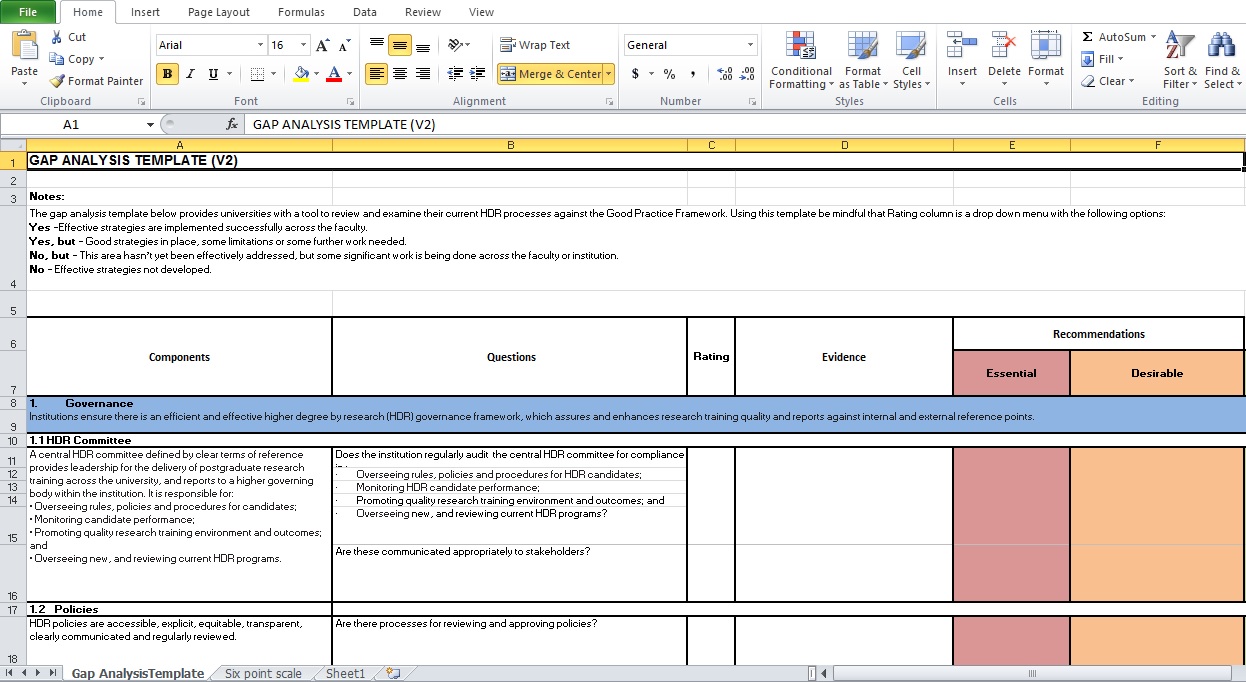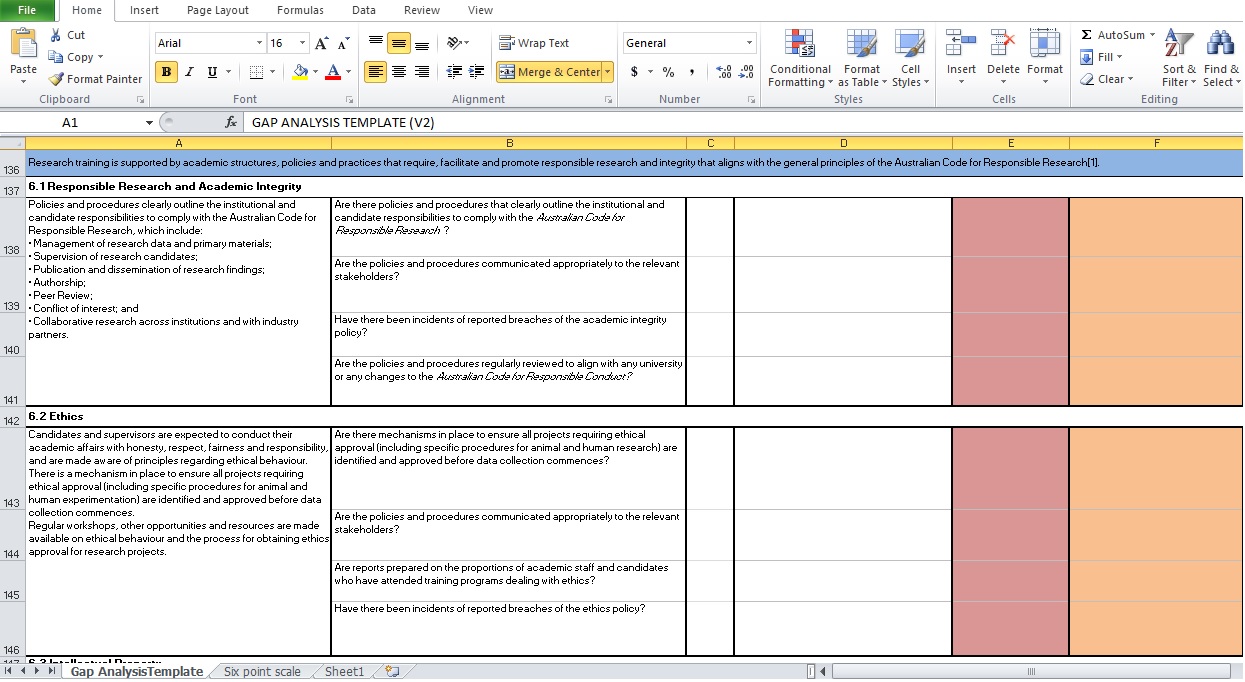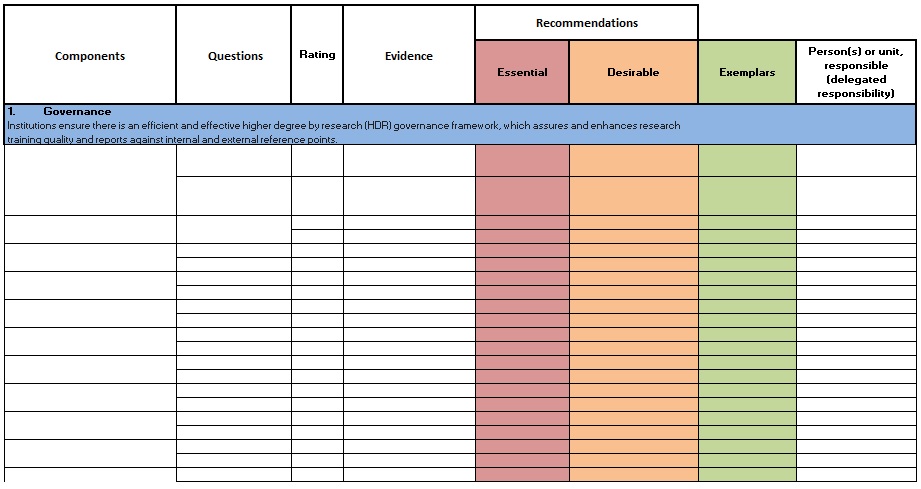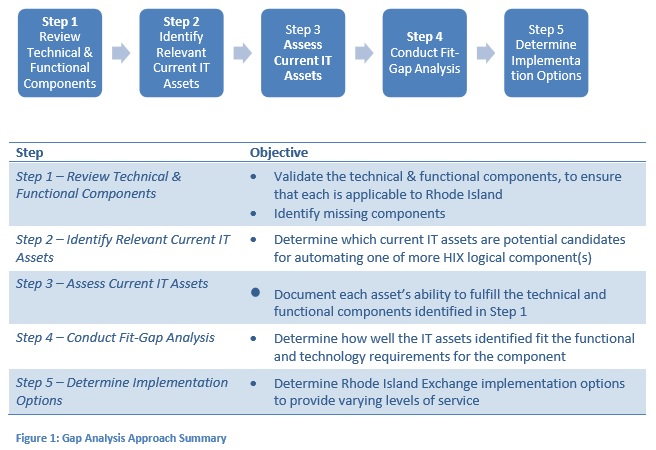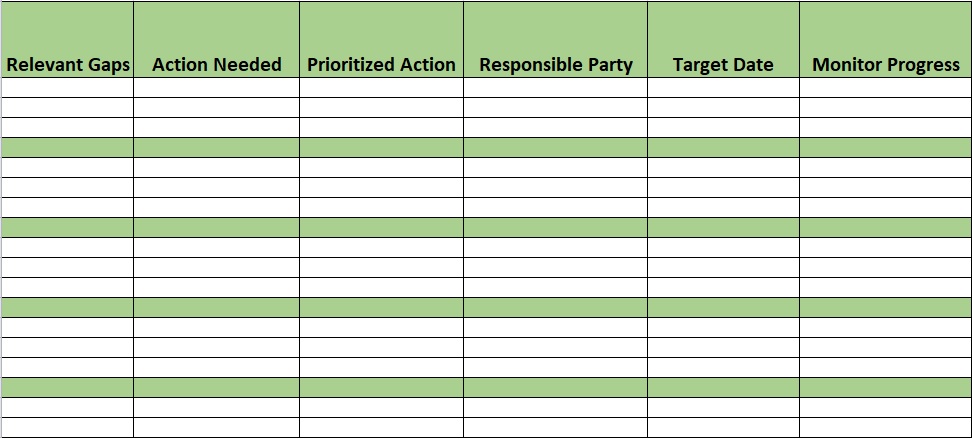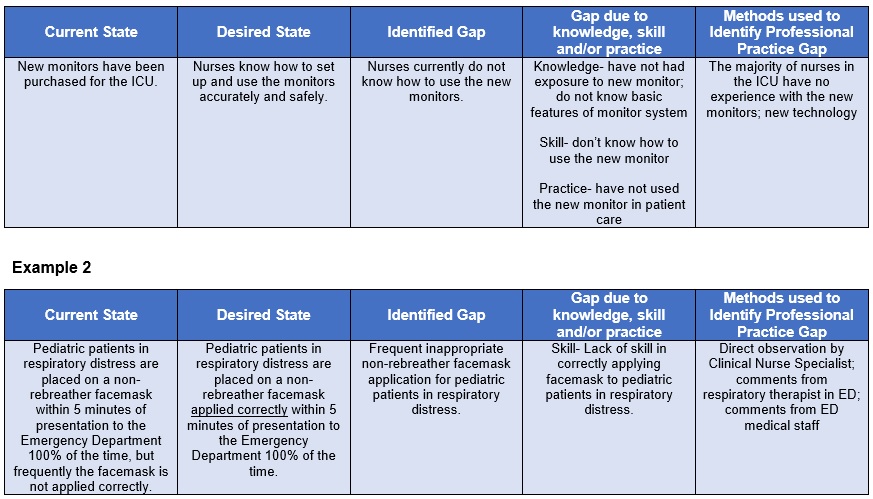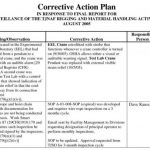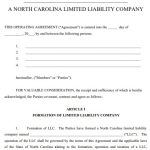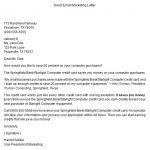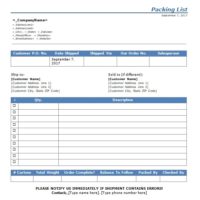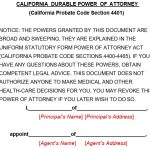A gap analysis template is a tool used in many business settings to compare actual performance with desired performance. Organizations use it to meet long-term goals and stay innovative. With this tool, you can identify where present and potential problems lie.
Table of Contents
What is gap analysis?
A gap analysis is identifying and assessing where your organization is, where you want it to be, and how to get it there. In short, this process involves the comparison of the actual performance of an organization’s asset with its desired state.
Gap analysis can be conducted in any aspect of the industry to meet desired performance. You can also use gap analysis while establishing an employee benefit program. Furthermore, gap analysis enhances customer satisfaction by reducing the gap between perceptions and reality.
How to conduct a gap analysis?
Here are the steps to conduct a gap analysis;
Define clear objectives
Before starting a gap analysis, it is essential to establish clear goals and objectives. The objective of this step is to determine what the organization wants to achieve in the end.
Evaluate current performance
You need to assess your current performance in this step and then compare it with your desired goals. For this, you need to gather data from multiple sources like internal audits, customer feedback, etc. Compare the data you obtained with established standards.
Determine the root cause problem
After collecting and analyzing all relevant data, assess the problem that is preventing the organization from achieving its goals. At this stage, analyze the strengths and weaknesses to determine areas that require improvement or further development within the company.
Set SMART goals
Set SMART goals after determining potential areas of improvement. These goals provide strategic planning initiatives that help in attaining higher levels of performance.
Develop an action plan
Once you have defined the objectives and developed the measurable targets, create an action plan that details solutions. This plan should involve a communication strategy and key team members so that the required changes run smoothly.
Monitor progress and assess results
Monitor progress periodically against pre-determined targets when you complete the implementation. Actively assessing changes’ effectiveness is the key to long-term success.
Who can benefit from a gap analysis template?
Anyone who is looking to assess their current state and identify areas for improvement can benefit from this valuable tool.
- Marketers: A gap analysis template is used by business owners or marketing teams to evaluate their current marketing strategies and identify areas for improvement. You can create a more effective and targeted marketing plan by determining gaps in your target market.
- Project managers: It can be a difficult task to track project progress and identify potential roadblocks. With this tool, project managers can compare current performance metrics with desired outcomes.
What are the uses of the gap analysis template?
Business owners use the gap analysis template to assess their progress. They use it to deliver messages that they are trying to get across. Using this organizational chart enables them to describe satisfaction and define areas that need improvement. That way, employees can better understand their future expectations. The gap analysis allows you to clearly and formally indicate to the employees any progress you want to make.
Sometimes when you conduct a gap analysis, the problems become apparent that you didn’t even know existed. Through the organizational chart, you can identify anything from organizational mishaps to production mistakes. In addition, the gap analysis is the best way to save time, money, and resources. The good thing about a gap analysis chart is that it makes reorganizing simple and easy.
Free Gap Analysis Example
Blank Gap Analysis Template
IT Infrastructure Gap Analysis Template
Project Gap Analysis Template Format in Excel
Gap Analysis Template For Healthcare
When should you not use a gap analysis?
You should remind yourself what exactly the organizational tool is used for while examining when not to use a gap analysis.
The gap analysis is a method used to identify the steps that need to be taken to achieve the desired or future state. It may include a list of characteristic factors like attributes, competencies, and performance level of the current situation. Also, it highlights the gaps that exist and need to be filled.
A downfall of a gap analysis is that it doesn’t indicate the complexities of the problem that may exist within your organization. Another drawback is that you need to keep it up-to-date because it is a one-time thing that can be wrong after every second or after it is finalized.
What to do after filling out the gap analysis?
After filling out the gap analysis chart, consider the following pointers to ensure that your information is correct;
- When it comes to taking details from one thing to another, human error is always a possibility. Double-check your original files and ensure that it is error-free.
- Your gap analysis chart should fit on a maximum of two pages.
- You should format the gap analysis in portrait mode because it is easier for readers to read the analysis in this mode. Additionally, this mode falls right under the vision of the eyes, while, the eyes strain under the pressure in landscape mode.
- You should use a dull and light color instead of flashy or hard colors. If you are using dark background then use the light text.
- Keep multiple copies of the gap analysis chart on hand for someone to look over.
- It is customary to bold and italicize the numbers if you want to draw attention to a specific area.
- Create the gap analysis on the computer to provide a more professional look and also keep a hard copy for backup.
FAQ’s
The answer to this question depends on what you are using the gap analysis for. Ask for advice from someone who specializes in creating graphics for company presentations and also ask them to review it and give it to you with feedback.
It is a structured framework used by organizations to highlight the gaps between their current and desired states.

